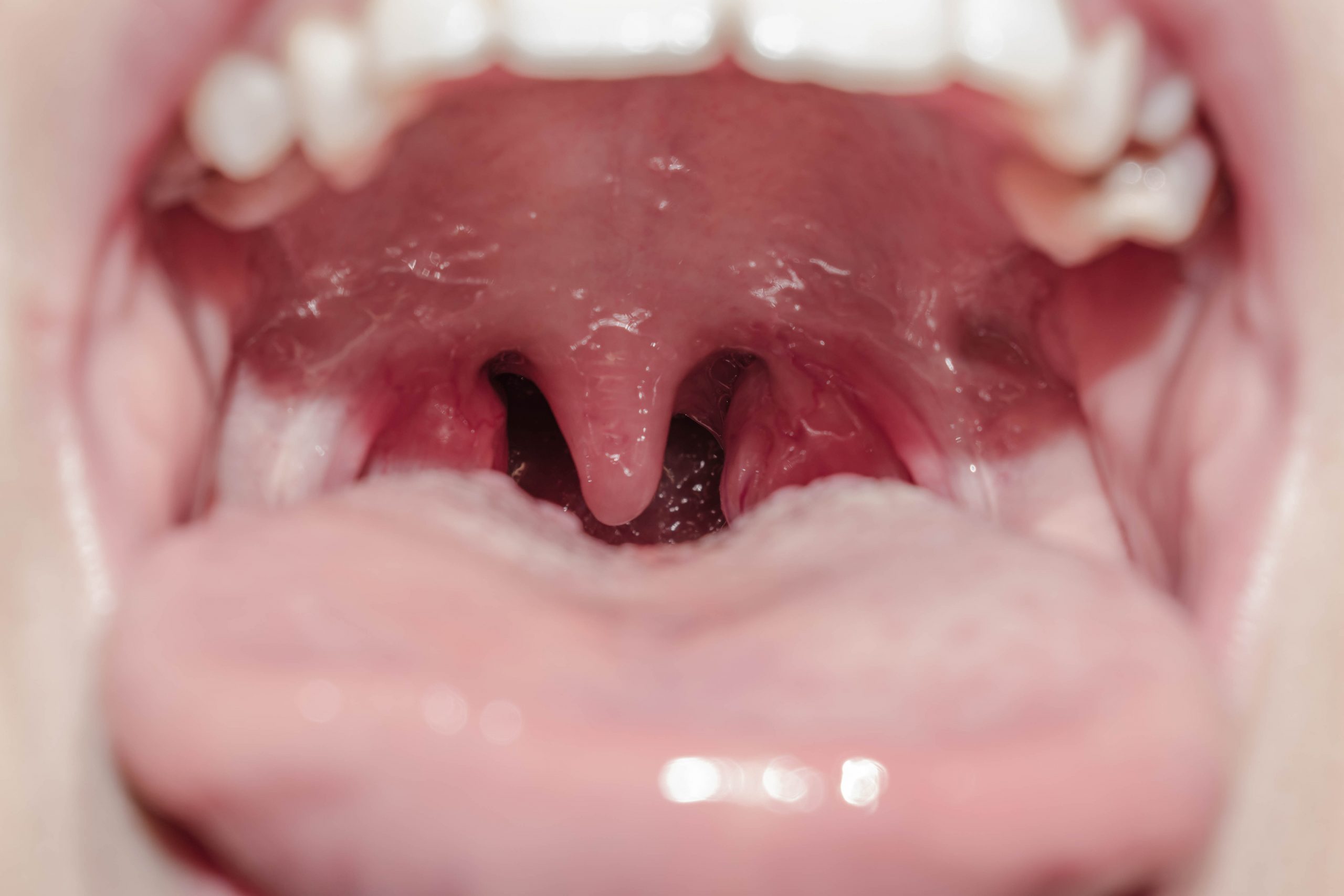One of the things in hygiene that we don’t frequently bring up is sorbitol. On first glance, you may think this sugar free polyol effectively targets cariogenic oral bacteria. However, although it is the most commonly used sweetener in dental products, it has some dark sides many don’t discuss.
I started my new years goal just like most of you. I’d like to lose weight and focus on eating healthier. So I started buying foods labeled “sugar free,” “diet,” and so on. This is when I realized that most of these products contain sorbitol. As I looked deeper I realized that sorbitol was in so many of my own personal foods, supplements, and dental products.
So here’s my question: Why pick a sweetener that has half the benefits, when we could use xylitol and get them all? Before you strike me down, hear me out.
Sorbitol isn’t by any means inherently “harmful”, but it just doesn’t pack nearly the same punch as its sibling xylitol. Let me explain.
Cariogenic bacteria can easily ferment sorbitol into lactic acid. S.Mutans even has the ability to use and recycle this lactic acid repeatedly with minimal energy. This ultimately gives it a huge competitive advantage for growth. Why would we ever want that!?
Yes, I do believe this is a slower process than with a standard sugar. However, for those who may already be compromised by xerostomia, this can really throw a wrench into the equation. Why?- because low salivary flow means high clearance times for oral acids and bacteria. This can create a bad situation quickly, especially for compromised patients. Xylitol, however, can NOT be broken down to lactic acid EVER due to its 5 carbon chemical structure.
Simply put, cariogenic bacteria cannot use xylitol for energy. The key difference is that when you look at the structure of xylitol and sorbitol, one looks like glucose, and the other doesn’t. This is why S.mutans easily recognizes the structure of sorbitol, but not xylitol.
Since cariogenic bacteria can’t metabolize xylitol, it builds up and over time and it becomes toxic to them. In short of so many words, they starve to death. On top of this, xylitol will also interfere with bacterial acid production, increasing the pH of plaque and preventing damage to teeth.
When the plaque pH remains low, enamel is weakened and demineralizes forming an oh so familiar white spot that we all hate to see. Over time this lesion can turn into decay. Not so wonderful.
So what’s the take home? Sorbitol is a better substitute for sucrose, but xylitol is the far better choice overall by a longshot. Many of our patients can benefit from the use of daily xylitol supplements- especially those who have xerostomia, less salivary flow and even diabetics.
Everything that I have seen and read about why sorbitol is still the standard sweetener is because it is less expensive than xylitol. If you ask me, I’d rather pay a little more to have all the health benefits.
I challenge you to do your own research, even if you are not a dental or health professional. Really take a good hard look at your food labels- especially your “sugar free” ones. If you are as frustrated as me, don’t settle. It’s about time hygienists started pushing for what we really want to see in dental products: xylitol.
-Kellie Hamilton, RDH
Kellie’s BIO:
Kellie is a practicing hygienist in Payson, Utah with 12 years of clinical practice. She frequently reads the literature, and is highly active in the Dental community. Kelly can be reached at khamilton915@hotmail.com.

